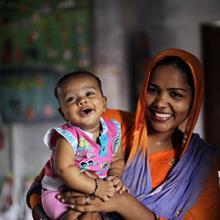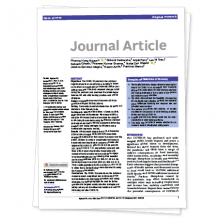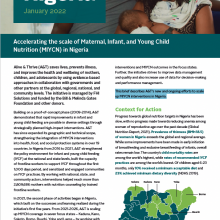Announcement
May 31 2022

South Asia Newsletter
Subscribe to and read our monthly South Asia Newsletter to stay up to date on all of Alive & Thrive's activities across the South Asia region.
Journal article
Mar 31 2022

Violations of International Code of Breast-milk Substitutes (BMS) in commercial settings and media in Bangladesh (Sheikh S, 2022. Maternal & Child Nutrition)
This paper assesses violations of the Code, as well as Bangladesh’s national legislation, in commercial settings in three cities using relevant NetCode protocols and W
Brief
Mar 04 2022

Nigeria Country Brief
This brief describes A&T’s new and ongoing efforts to scale up MIYCN interventions in Nigeria.
Journal article
Feb 01 2022

Maternal and paternal involvement in complementary feeding in Kaduna State, Nigeria: The continuum of gender roles in urban and rural settings (Allotey, D., 2022. Maternal & Child Nutrition)
After an A&T program in Nigeria engaged fathers to support complementary feeding practices, this study investigated how household gender roles influenced child feeding in both urban and rural areas.
Journal article
Dec 07 2021

Gaps in the Implementation and Uptake of Maternal Nutrition Interventions in Antenatal Care Services in Bangladesh, Burkina Faso, Ethiopia and India (Sanghvi T., 2021. Maternal & Child Nutrition)
This paper demonstrates that maternal nutrition intervention (MNI) coverage was consistently lower than antenatal care (ANC) coverage in Bangladesh, Burkina Faso, Ethiopia, and India, despite ANC being the largest global platform to deliver MNI.
Journal article
Sep 23 2021

What is the impact of removing performance-based financial incentives on community health worker motivation? A qualitative study from an infant and young child feeding program in Bangladesh (Glenn J., 2021. BMC Health Services Research)
This study reveals that removing performance-based financial incentives from community health worker programs can negatively affect CHW motivation, suggesting that program decision makers shou

